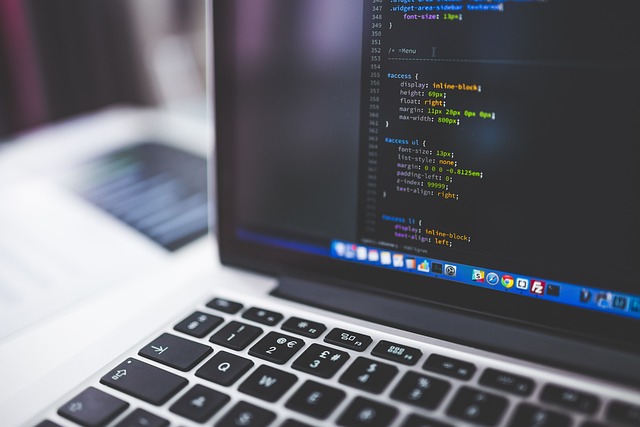
Coding Best Practices and Principles
Coding Best Practices and Principles
In the whimsical world of coding, where semicolons can make or break your day, understanding best practices is as essential as knowing how to properly brew your morning coffee (and let’s be honest, that’s a skill worth mastering too!). So, let’s dive into some coding best practices that will not only save you from hair-pulling frustration but also make your code as elegant as a well-tailored suit.
1. Write Readable Code
Imagine your code is a novel. Would you prefer a gripping page-turner or a confusing mess of plot twists? Always aim for clarity. Use meaningful variable names, proper indentation, and comments where necessary. A well-commented code is like a well-organized closet—everything has its place, and you can find what you need without digging through a pile of old sweaters.
2. Follow Coding Standards
Just like every good recipe has a set of instructions, coding has its standards. Following established guidelines, such as MISRA for C and C++, ensures your code is safe and maintainable. Think of it as the traffic rules of software development; they help keep everything flowing smoothly without unexpected collisions.
3. Keep It Simple, Silly (KISS)
Remember the KISS principle: Keep It Simple, Silly! Overcomplicating your code can lead to confusion and bugs that are harder to squash than a stubborn fly. Aim for simplicity in your solutions. If you find yourself writing a novel in comments to explain your code, it’s time to rethink your approach.
4. Test Your Code
Testing is like a safety net for your code. It catches those pesky bugs before they can wreak havoc in production. Automated tests can save you hours of debugging and give you peace of mind. After all, no one wants to be the person who accidentally launched a bug into the wild. Yikes!
5. Code Reviews: The Power of Teamwork
Getting feedback on your code is crucial. Code reviews are like group projects in school, but without the drama of someone forgetting to do their part. They help ensure high-quality code and foster a collaborative environment. Plus, it’s a great way to learn from others and share knowledge. Remember, two (or more) heads are better than one!
6. Version Control is Your Best Friend
Using version control systems like Git is a game-changer. It’s like having a time machine for your code. You can experiment, make mistakes, and revert to previous versions without losing your mind (or your work). It’s the ultimate safety net for developers!
7. Continuous Learning
The tech world is ever-evolving, and staying updated with the latest trends and practices is vital. Attend workshops, read articles, and engage with the developer community. After all, a coder who stops learning is like a fish out of water—flopping around and struggling to survive.
In conclusion, adhering to coding best practices not only enhances code quality but also makes the development process a lot more enjoyable. So, grab your keyboard, put on your coding cap, and start writing some beautiful, maintainable code!

















 Atmosphere Taylor Jenkins Reid
Atmosphere Taylor Jenkins Reid 
 Health
Health  Fitness
Fitness  Lifestyle
Lifestyle  Tech
Tech  Travel
Travel  Food
Food  Education
Education  Parenting
Parenting  Career & Work
Career & Work  Hobbies
Hobbies  Wellness
Wellness  Beauty
Beauty  Cars
Cars  Art
Art  Science
Science  Culture
Culture  Books
Books  Music
Music  Movies
Movies  Gaming
Gaming  Sports
Sports  Nature
Nature  Home & Garden
Home & Garden  Business & Finance
Business & Finance  Relationships
Relationships  Pets
Pets  Shopping
Shopping  Mindset & Inspiration
Mindset & Inspiration  Environment
Environment  Gadgets
Gadgets  Politics
Politics 